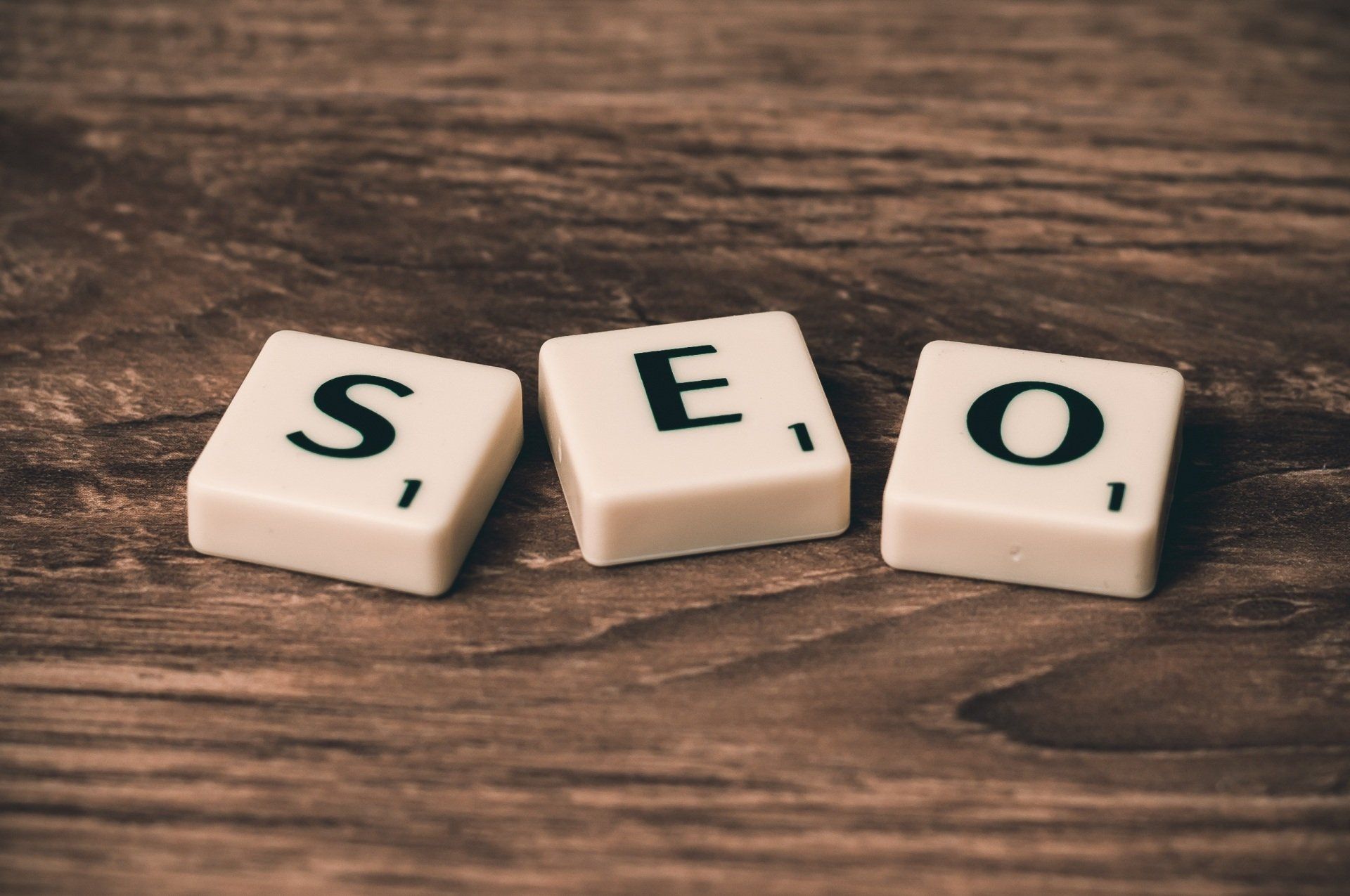The role of user experience (UX) in SEO success
While different disciplines, UX is becoming increasingly important to SEO success. It isn’t a direct ranking factor in SEO, but there is a strong relationship between the two.
User experience, commonly known as UX, is all about providing a smooth and enjoyable experience for a user when they land on a website. SEO (short for search engine optimisation) is about driving traffic to a website from search engines like Google.
As users navigate websites, SEO addresses their problems and queries, while UX addresses navigational issues.
SEO aims to drive organic traffic to a website and improve its position on a search engine results page (SERP). When you type a query into Google or another search engine, it will give a list of websites ranked in order of relevance and quality. The top few results will generally have Ad next to them. Companies have paid to be in that position, but the websites listed below have ranked organically as a result of their SEO work.
It's not so long since SEO was all about keywords and backlinks. Companies started filling their sites with large numbers of irrelevant keywords and poor quality backlinks in an attempt to rank higher on SERPs. These practices were no indication of the quality of the website, the company or its products and services.

What is UX?
UX is about how a user interacts with a website and how easy and convenient that website is to use. It takes into account a lot of factors which make a website easier to use.
UX includes elements such as site speed, navigation, content, layout and design, including mobile-responsive design.
Ease of navigation is essential for the vast majority of internet users. If they can’t navigate your site to find what they want quickly and easily, they will go back to Google and find another website which can help them!
Most users prefer as few clicks as possible to get to where they want to go. Ideally, every page on a website should be no more than four clicks away from the home page.
Waiting for a page to load is one of the most frustrating things a user can experience while online, particularly when using a smartphone. If you want to keep users on your site, load time should be no more than 2.5 seconds.
The difference in good and bad UX can be translated directly into the number of conversions and sales a website makes. Good UX makes for happy customers, who will keep coming back for more.
How UX and SEO work together
The goals of UX and SEO go hand in hand – creating accessible websites which are easy and enjoyable to use and give users the answers they are looking for.
To keep your website ranking highly on search engines, you need to keep users on your site – and to keep users on your website, you need to provide them with a good UX.
Search engines prioritise delivering the best possible experience to users, so websites with excellent UX are more likely to rank higher on Google.
Search engine algorithms consider how users interact with a website, to learn if it provides a valuable experience and whether it should therefore be ranked highly on SERPs.
If the algorithm notices that multiple users leave a website within seconds of landing, this will be interpreted as a website which isn’t providing a good experience or relevant information. That website will slip down the rankings to make way for competitors which seem to provide a better UX.
On the flip side, if users spend a lot of time on a website, explore multiple pages and engage with different elements of the site, search engine algorithms will interpret this as being a website which provides a positive user experience, which will help enhance its position on a SERP.

Five key UX areas you may need to improve to impact your SERP ranking are:
- Responsive/ mobile-friendly design – according to Statista, mobile accounts for approximately half of web traffic worldwide. In some countries and among some demographics, this will be considerably higher. Responsive design is the process of designing a website which adapts depending on the visitor’s device - desktop, laptop, tablet or smartphone. Developers adapt the website to ensure use users can browse a website within the constraints of their device. The website’s functionality remains the same, but the content and structures adjust to the different screen sizes.
- Page speed – page speed is a proven ranking factor for Google. Websites which take a long time to load are terrible for UX and will negatively impact SEO. If your website is loading too slowly, you might need to enlist the help of an external company to update it.
- Web copy – Google takes into account how long users spend on your site or how quickly they leave (bounce rate). The better the quality of your copy, the easier it will be for them to find what they’re looking for and the longer they will stay on your website, which is an SEO win!
- Navigation and layout – your navigation and layout should be designed in a way which makes finding their way around your site intuitive for users – providing a clear and logical path to help them find the information they need, understand it easily and then take the desired action. Individual pages too should be laid out clearly with menus, headers and calls to action (CTAs).
- UI design – UI design goes hand in hand with UX, but it focuses on the visuals of a website while UX design handles the functionality. UI design includes things like colour, typography, images, logos and spacing.
- Some ways to analyse whether your UX is effective, based on users’ behaviour are
- Dwell time – the amount of time a user spends on your website from when they leave the SERP until they return to the SERP. The longer they stay, the more likely it is that your site is providing them with the answers they need.
- Bounce rate – the percentage of users who leave your website without navigating to another page. A higher bounce rate indicates less effective UX and reflects both the quality of your content and your navigation.
- Engagement time – the average time a webpage remains in the browser’s focus, with longer engagement times indicating higher levels of user interest. A decrease in engagement time can highlight areas for improvement in your UX.
If you don’t have the skills or capacity within your organisation to analyse and act on these metrics, it makes sense to use an outside company, such as Cotswold Web to help.
In 2025, UX plays a really key role in SEO. Once a visitor lands on your site, they will usually decide whether to stay or go within seconds. A positive user experience, including fast loading times, easy navigation and helpful and engaging content, can reduce bounce rates and increase dwell times. These factors are all seen as an indication of a good quality website by search engine algorithms, which will reward your website with a higher ranking on SERPs.
More Posts.





